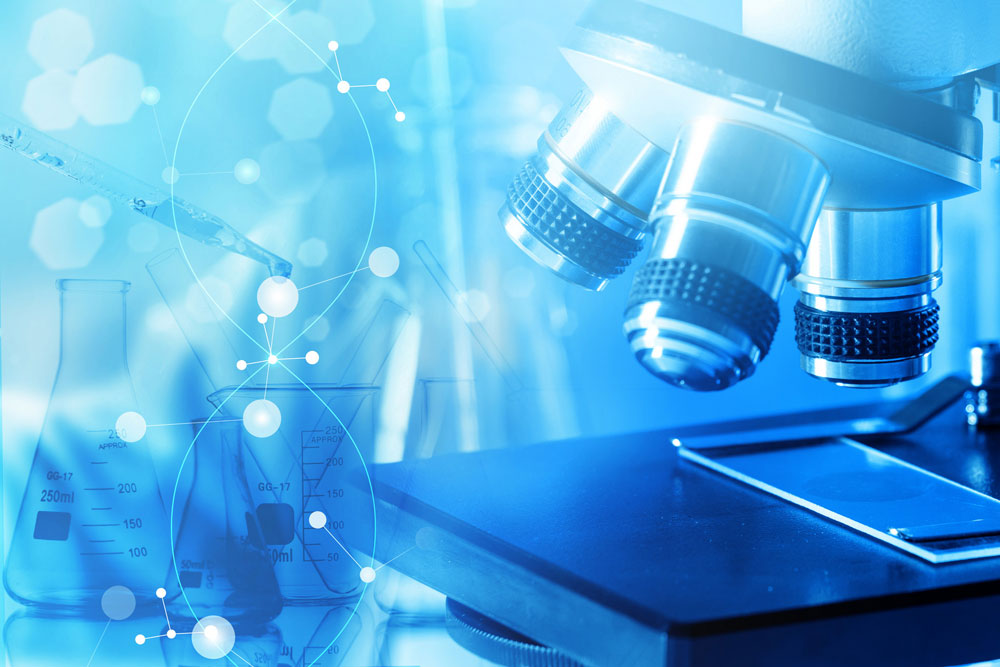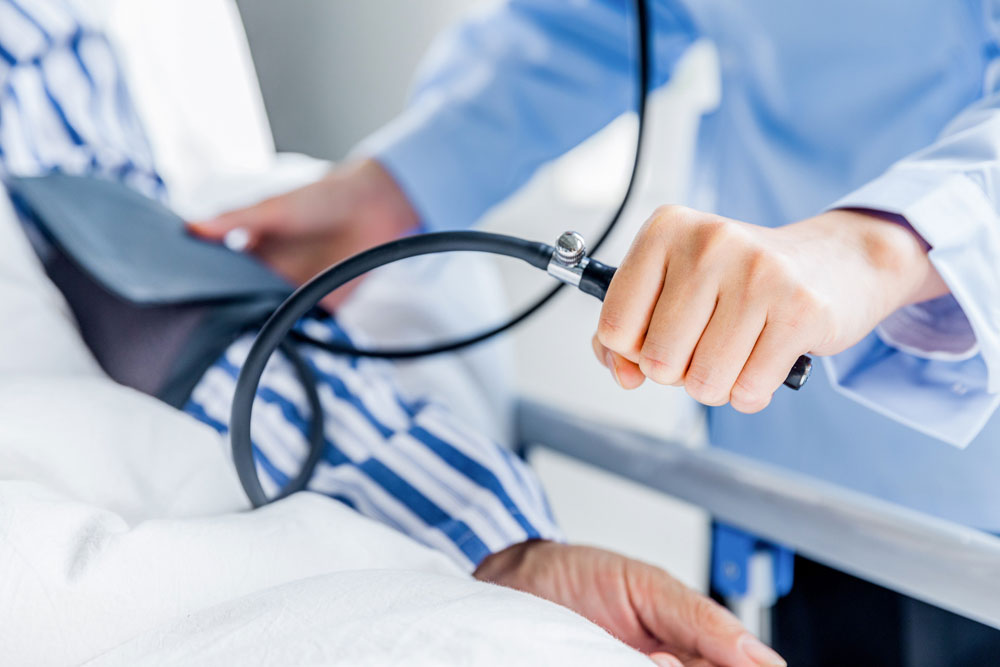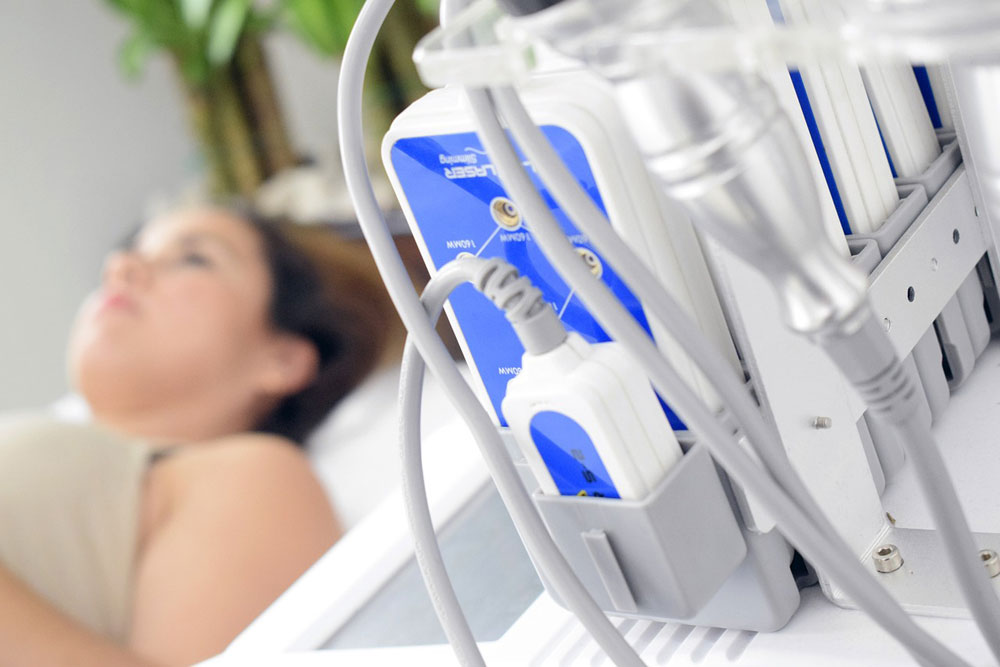

By obtaining diseased tissue, pathological techniques are used to study the changes in tissues and cells to determine the nature and development process of the disease. In this way, the disease can be accurately diagnosed and classified, and clinicians can be provided with the basis for treatment plan and prognosis evaluation.
Learn more+Through pathological methods, i.e., tissue biopsy, immunohistochemistry and molecular biology, the suspicious lesions are judged, the type of tumor and the degree of malignancy of the tumor are determined, which provides an important basis for doctors to choose treatment methods and formulate reasonable treatment plans, evaluate treatment effects, judge prognosis, etc., and can also find early cancer or precancerous lesions with no obvious symptoms, which plays an important role in the early diagnosis and prevention of tumors. It is a widely used, accurate and reliable method in various diagnostic methods for tumors.
Learn more+

The final pathological examination results are obtained, which is the gold standard for diagnosing cancer.
Learn more+Liquid-based cytology (TCT) uses a liquid-based thin-layer cell detection system to detect cervical cells and perform cytological classification diagnosis, which is a pathological cytology examination technology for cervical cancer, which significantly improves the detection rate of abnormal cervical cells. At the same time, some precancerous lesions, microbial infections such as mold, trichomoniasis, viruses, chlamydia, etc. can also be found.
Learn more+